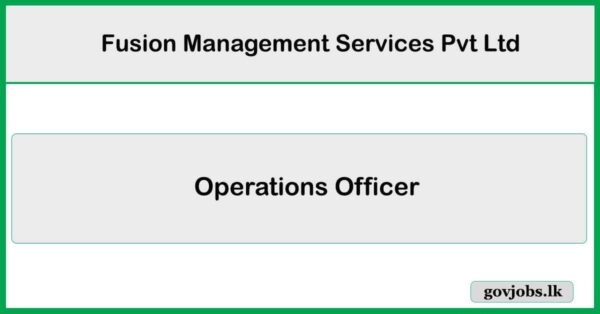Micronet Global Services (Pvt) Ltd invites applications for the post of Banking Marketing Associate . You can apply to it before closing date as per the following details. Closing date and other job details are given below.
Micronet Global Services (Pvt) Ltd Available Job Vacancies for 2024
- Banking Marketing Associate
English Job Advertisement Preview
[pdf-embedder url=”https://govjobs.lk/files/2024/10/8978cMarketing%20and%20Sales.pdf”]
Banking Marketing Associate Full Job Vacancy Details
| Employer | Micronet Global Services (Pvt) Ltd |
| Job Title | Banking Marketing Associate |
| Closing Date | 2024 – 10 – 17 |
| English Advertisement Download | Download PDF |
| Source | www.topjobs.lk |





